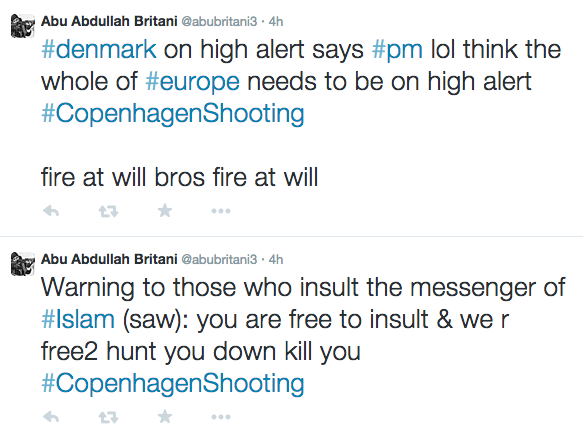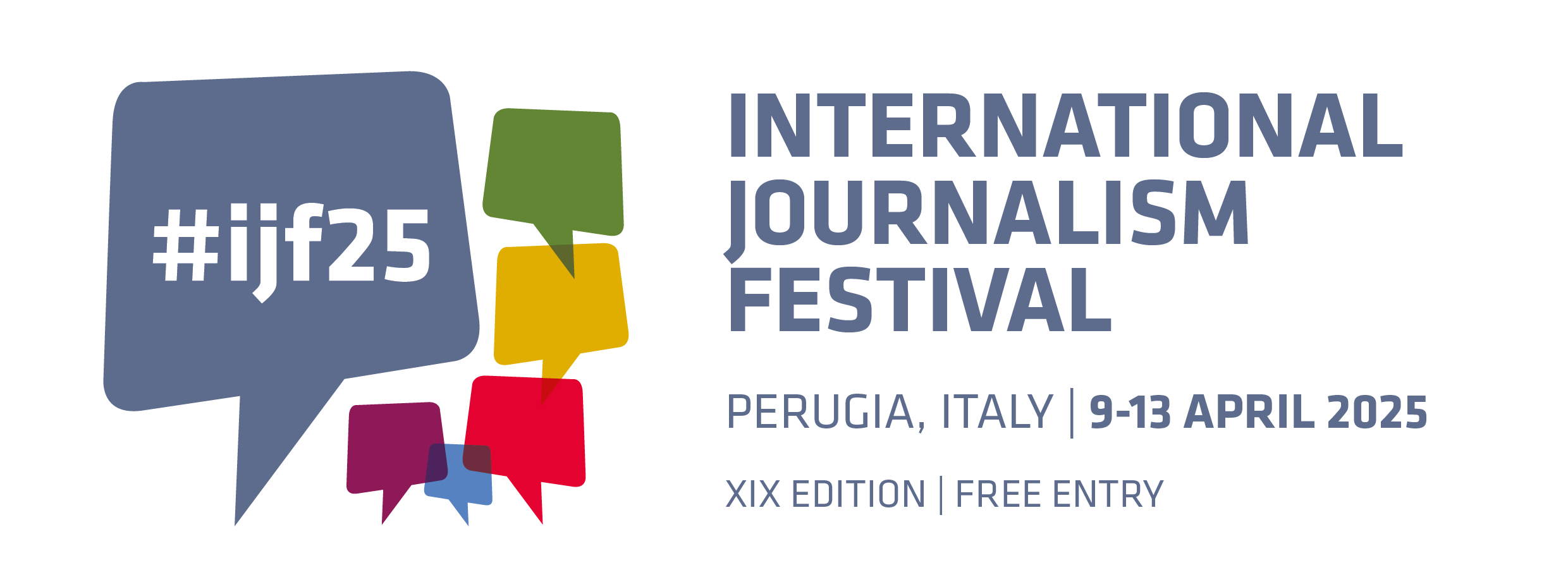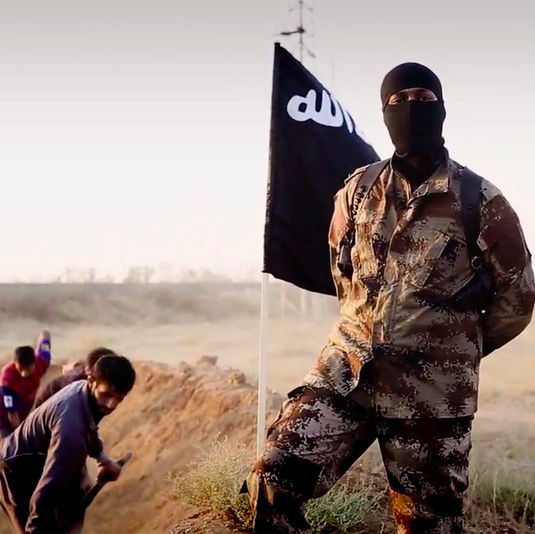by Fabio Chiusi

Image via Flames of War
For Islamic State supporters on Twitter, the shootings that left two dead and five wounded on the ground in Copenhagen was yet another chance to display the full array of their powerful, sophisticated social media propaganda strategy. Some resorted to the well documented tactic of hijacking popular, trending hashtags and topics – so many, in fact, that regular users couldn’t help but noticing the way in which #CopenhagenShooting was being turned into a vehicle of jihadist rhetoric.
Am I the only one to notice tonight that pro #ISIS people are hijacking #CopenhagenShooting hashtag to tweet their hate tweets?? So many!
— Darin (@dgcourriel) February 15, 2015
“The whole of Europe need to be on high alert”, tweeted the now suspended account @abubritani3, while mocking Denmark: “Fire at will bros fire at will”, he added. “You are free to insult and we are free to hunt you down and kill you”, reads another deleted tweet.

Other Caliphate supporters circulated memes, racist anti-Shia jokes and threats, screenshots from and links to official propaganda magazines and videos; and, of course, alleged advances on the battlefield, together with specifics on how to build your own weapons. Since the release of the video depicting the beheading of American journalist James Foley, Twitter, YouTube and other platforms have been struggling with growing pressures from authorities to quickly cancel jihadist contents. But so far implementing stricter vigilance and removals guidelines hasn’t effectively contrasted ISIS propaganda, and a growing number of experts and scholars argue it most likely won’t work in the future either. With more than 90.000 pro-ISIS social media contents available online each day, even the Obama administration had to double down on counter-propaganda efforts, recognizing that “the terrorist group has been far more effective in attracting new recruits, financing and global notoriety than the United States and its allies have been in thwarting it”.
Part of it has to do with the way in which ISIS learned from the past mistakes of other jihadist groups. Terrorists exploiting the Internet to spread their messages is nothing new. “In the evolution of modern jihadist propaganda”, wrote The New York Times last august, “Bin Laden, addressing a single static camera with long-winded rhetoric in highly formal Arabic, represented the first generation. The most prominent figure of the second generation was the YouTube star Anwar al-Awlaki, the American-born cleric killed in a drone strike in Yemen in 2011, who addressed Westerners in colloquial English, had a blog and Facebook page and helped produce a full-color, English-language magazine called Inspire. ISIS is online jihad 3.0”. A media war that has its own ideological core, an identifiable role model, peculiar workings and dedicated professional resources. The good news is we’re starting to gain a deeper understanding of ISIS propaganda machinery; the bad news is we badly need to start using these insights to better counter it. As Demos researchers Jamie Bartlett and Ali Fisher put it in ‘How to beat the media mujahideen‘:
A new approach to countering their efforts is necessary. The current plan seems to be an ineffective game of whack-a-mole, as we try to remove individual videos or user accounts one-by-one. Instead, we need to disrupt their ability to promote their message at a strategic level.
To fully appreciate what this means, one needs to grasp how ISIS social media presence is organized as “a network that is constantly reconfiguring” and therefore resilient to account suspensions to the point that they represent “little more than a temporary inconvenience”, Bartlett and Fisher argue.
“Alert to the need to keep up with the latest content before accounts are suspended”, they write, “sympathisers rush to retweet and repost content as soon as it is released, and if a user is removed everyone else in the swarmcast alerts everyone else to their new identity”. The same happened after the Copenhagen shootings. As the following tweet shows, one of the tactics adopted is to create multiple accounts, leaving some of them with no tweets in order to escape Twitter intervention, and be ready to shift to the new identity whenever needed, even instantly regaining the whole bunch of followers obtained from previous accounts (at the time of writing, @MujahidShaheed2 is still active, and the tweet is even “pinned” for maximum exposure): 
To Bartlett and Fisher, the answer lies in “challenging the networks that distribute content rather than removing individual images or accounts” while at the same time keeping in mind that “there is no evidence that just watching online propaganda turns anyone into a terrorist”. “Radicalization”, in other words, is a much subtler and more complex issue than one of mere online exposure. Also, if we want to exploit “Big Data techniques” to make sense of those networks and disrupt precisely the nodes that prevents them from operating – and we should, the authors argue – content must be out there in the open.
Other scholars however challenge this harsh sentence on our current counter-propaganda strategy. Extremism researcher and co-author of the forthcoming volume ‘ISIS. The State of Terror’, J.M. Berger, highlighted during his testimony at the House Committee of Foreign Affairs on January 27 that “there are three important benefits to current levels of suspensions”:
First, they reduce ISIS’s reach among online populations at risk of radicalization. ISIS supporters do not spring from the womb fully radicalized, and a path is required between recruiters and the vulnerable. Suspensions do not eliminate that path, but they create obstacles and increase the cost of participation.
Second, by allowing some ISIS accounts to continue with a lower profle, the current level of suspension activity preserves a substantial amount of open-source intelligence.
Third, targeting the most active members of the ISIS supporter network undercuts ISIS’s most important strategic advantage on platforms like Twitter – the 1,000 to 3,000 accounts that are, at any given time, far more active than ordinary Twitter users.
And while the full results of its research won’t be available until the March release, Mr. Berger has been able to anticipate some of them in the testimony, including one that counters Bartlett and Fisher’s skepticism; namely, that he found “evidence that existing users do compensate to some extent, but preliminary evidence suggests they cannot fully regenerate the network if the suspensions continue at a consistent pace”.
Far from being solved, the issue of how to tackle ISIS social media propaganda leaves us with complicated questions that involve the general public (should it be exposed to its brutality and message, and to what extent?), policy-makers (who tend to react – as they did after the Charlie Hebdo massacres – by proposing more control and surveillance, as if Edward Snowden never demonstrated that this amounts to abusing our fundamental rights while at the same time not preventing terrorist attacks effectively), and especially the media. If, as Marshall McLuhan puts it, “without communication, terrorism would not exist”, it is indeed journalists who bear the greatest responsibility in deciding what to share with the public and how, even if the social media age precisely means that they are no monopolists in the distribution of content anymore. In the words of Storyful founder, Mark Little: “The value of journalism, as a means of separating news from noise, has never been more vital”. Reported.ly editor in chief Andy Carvin translated what this means into profoundly human and deontological questions:
I still believe in bearing witness. I still believe in giving my online followers a chance to make an informed decision about what they view and what they don’t. I still want to hold war criminals to account. But when am I serving the public’s interest? Is it when I share a clip and get accused of promoting ISIS and its ilk? Is it when I don’t share a clip and get accused of self-censorship, or attempting to hide the truth from the public?
After the beheading of British aid worker Alan Henning, The Independent ran a black front page with a motto: “Here is the news, not the propaganda”, and several news outlets publicly stated the reasons why they either decided to publish terrorist material in full or in part – with many condemning its publication as an act of “collusion” or “complicity” with terrorism. But the principle, while nicely summarizing the idea – explicit in a set of dedicated AFP guidelines – that journalism lies in the added value of selecting and contextualizing material instead of simply repeating it, may be weaker than it appears when one considers the width and scope of ISIS propaganda efforts, ranging from manuals for the perfect Islamic State woman, “documentaries” like the ones unwillingly hosted by hostage John Cantlie from inside its borders, and even jihadist remakes of extremely popular videogames such as Grand Theft Auto V.

This of course shouldn’t come as a suprise: “To be effective”, write Jonathan Auerbach and Russ Castronovo in the Introduction to ‘The Oxford Handbook of Propaganda Studies’, “propaganda must harness a rich affective range beyond negative emotions such as hatred, fear, and envy to include more positive feelings such as pleasure, joy, belonging and pride”. And this is why Cantlie, in the video from inside Aleppo, touts its “thriving economy”, its being “a place of serenity and serene beauty” and boasts that “the people of Halab”, the ancient name for Aleppo, “just want to get on with their lives in peace and that is more possible now since the Islamic State took over.” In another example highlighted by King’s College researcher Alessandro Bonzio in the Huffington Post, “One series of video clips called Mujatweets, released by ISIS’s media arm on YouTube, portrays a number of ISIS militants as they engage in noble activities such as visiting an injured fighter at the hospital or distributing candies to some children. Episodes are filmed in HD, contain sophisticated graphics and logos, and include English subtitles — a sign of how the message is explicitly intended for second-generation immigrants, especially the young”.
What journalists should do with this broad set of material has no definitive answer, and most commentators argue the solution should be devised on a case-by-case basis. But this means many problems are, and will likely remain, urgent. For example, we have no idea how to avoid becoming addicted to online violence. “How many videos of war and suffering can a person handle in a day? A week? A year?”, asks Carvin. The fact that the popular reaction on social media has been arguably weaker after the Copenhagen events than Paris – did anybody notice the Danish equivalent of #JeSuisCharlie? – shows that the management of brutality is already an issue. Again, one on which ISIS strategists seem to be ahead of us.
And that’s where the ideological core of ISIS propaganda comes into play. “Savagery is part of Isis’s ideological DNA”, writes Hassan Hassan, co-author of ‘ISIS. Inside the Army of Terror‘. Its ideology essentially “uses stories from Islamic history and modern jihadi texts to change the paradigm of how to understand and conduct jihad”. The Caliphate did not build it from scratch, he writes together with Michael Weiss in the volume, but instead relied heavily on Abu Musab al-Zarqawi’s weltanschauung. It is through the example of the “Sheikh of the slaughterers” that ISIS learned the importance of “marriage of horrific ultraviolence and mass media”. It is not by chance then that hostages James Foley, Steven Sotloff and Peter Kassig wore an “orange Guantanamo-style jumpsuit” in their horrific beheading videos: the reference is American contractor Nicholas Berg, decapitated in 2004 apparently by al-Zarqawi himself.
With a discrepancy: “in Berg’s case”, write Hassan and Weiss, “the full beheading was featured on-screen, whereas ISIS has preferred (no doubt for added international media exposure) to keep most of the gore offscreen”. However, full-blown violence is not absent from the landscape, as it resurfaces in propaganda videos aimed at reaching not the Western audience, but local rival clans and other enemies of the Caliphate in the region. As Der Spiegel puts it: “They design each video and each message to correlate exactly to the target audience. For Western observers, they are cool, clean and coherent. For locals, they are bloody, brutal and fear-inducing”. But while the communicative style varies with its intended target, its core is monolithic, and forces us to go back to an ideologically narrow and allegedly “pure” interpretation of early Islamic tradition. A passage from Hassan and Weiss states it clearly:
In much of its public discourse, ISIS relies on Islamic eschatology for legitimacy and mobilization. A hadith attributed to the Prophet Muhammad about an end-of-days battle between Muslims and Christians in Dabiq, a town in rural Aleppo, is a frequent reference point— so pervasive that ISIS’s propaganda magazine is named for it. In the videos, this hadith is recited by al-Zarqawi as an ISIS ji- hadist marches, in slow motion, holding up a black flag: “The spark has been lit here in Iraq and its heat will continue to intensify, by Allah’s permission, until it burns the crusader army in Dabiq.”
But the fact that ISIS “follows a distinctive variety of Islam whose beliefs about the path to the Day of Judgment matter to its strategy”, notes Graeme Wood in The Atlantic, “can help the West know its enemy and predict its behavior”. Especially because, far from being a purely speculative matter, this fundamentalist ideology is of the greatest importance in understanding the everyday behaviors of ISIS jihadist. Interviewed by Wood, Princeton scholar Bernard Heykel argues that “They mug for their cameras and repeat their basic doctrines in formulaic fashion, and they do it all the time.” The “Prophetic metholodogy” – i.e., emulating every single step of Muhammad, even if this means accepting slavery, crucifixion and beheadings – is followed obsessively and with a “striking”, “assiduous” seriousness, and this again means their motives can be predicted. That is why, in Wood’s opinion, “We’ll need to get acquainted with the Islamic State’s intellectual genealogy if we are to react in a way that will not strengthen it, but instead help it self-immolate in its own excessive zeal”.
Ideological suicide may therefore be one of our long-term best shots at defeating ISIS. As Hassan and Weiss put it in their book, “ISIS’s propaganda suffers from the same inborn deficiency of all cultish or messianic messaging: the creation of false expectations, which inevitably leads to anti-climax and disillusionment”. If the Caliphate is indeed a State, it is a totalitarian, fascist State, and it may take time – yes, we do need to figure out how to make it as short as possible – but totalitarian States usually crumble, or are at least significantly impaired, by the very terror and misery they create among their ranks and populations. And no amount of sophistication in online propaganda can solve that.
7. The bottom line is that we should all be very optimistic about the fight against #ISIS. Self-destruction is written into the other side. — Andrew Exum (@ExumAM) February 18, 2015
Hassan Hassan will speak at #ijf15 on this topic.


